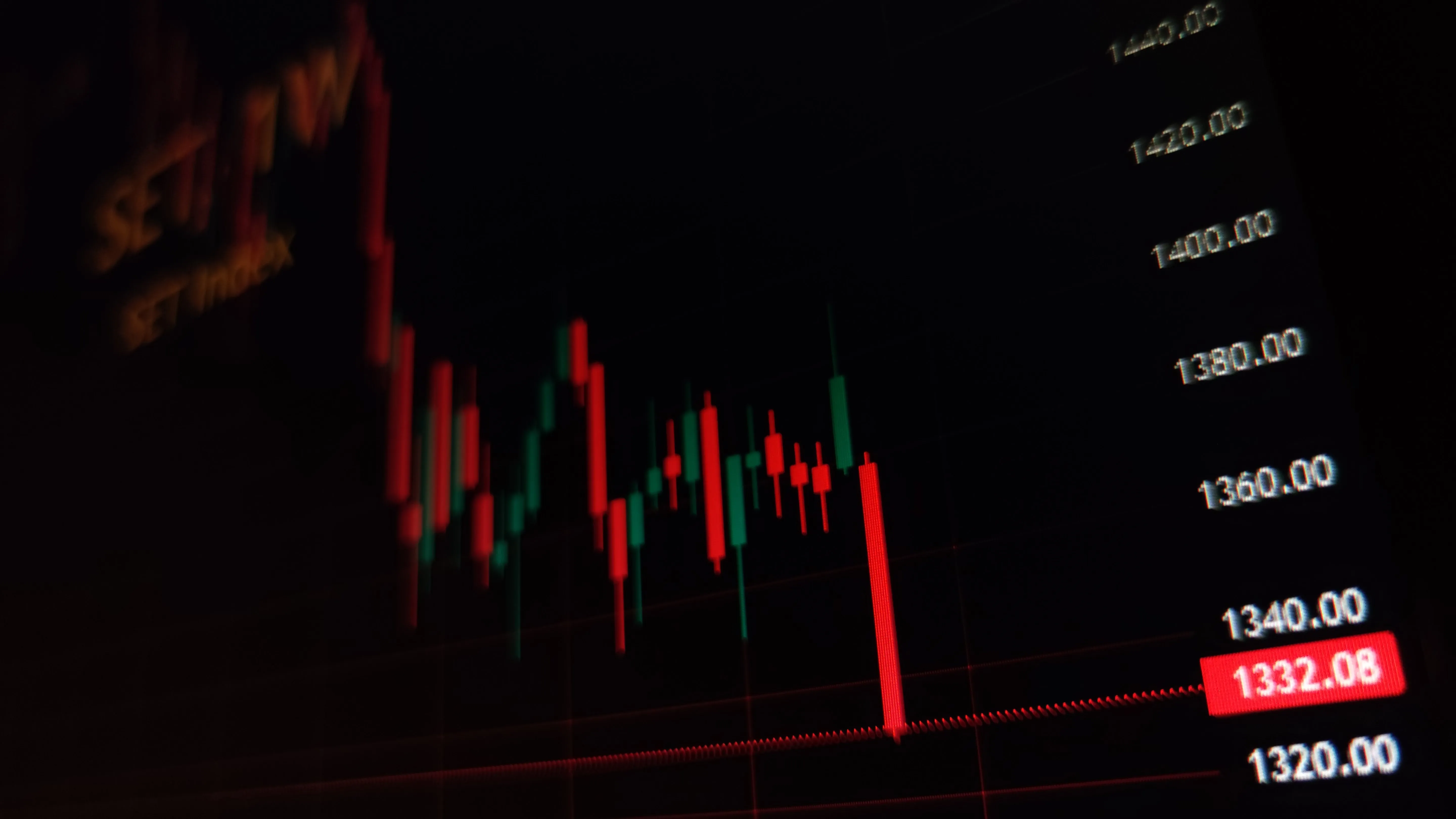Market News
SENSEX, NIFTY50 continue to bleed, down 12% from record highs; top factors behind the market's free fall

4 min read | Updated on January 13, 2025, 12:17 IST
SUMMARY
The NIFTY50 and SENSEX fell over 2% last week as Indian markets continued to face an exodus of foreign capital, largely influenced by rising US treasury yields. In addition, slower GDP growth and no fireworks expected in the earnings season have dampened investor sentiments

NIFTY50 has fallen nearly 12% from the record high levels touched in September 2024.
Unabated FII selling
Foreign institutional investors (FIIs) who once had a substantial stake in Indian equities reduced their holdings to multi-decade lows in 2024. The overly pessimistic stance continued in 2025 as global market dynamics changed dramatically. FIIs’ net buying in the Indian markets reduced by 99% to ₹427 crore in 2024 as against ₹1,20,000 crore in 2023. The provisional figures for the first 10 days of 2025 suggest that they sold equities worth more than ₹18,000 crore in the secondary markets.
Rising US treasury yields
Rising treasury yields in the US have added more worries as FIIs move away from risky emerging markets like India to treasury investments in the US. The US 10-year yields traded at 4.7%, up from 3.6% in September 2024, a 32% jump in four months. The rise in treasury yields is significant as interest rates dropped 50 bps during the same period.
Rising treasury yields highlight two things. First, inflation is expected to increase in the days ahead, indicating a slower rate-cut cycle or a potential tightening of monetary policy. Second, rising treasury yields drive the money flow back to the US markets as investors get higher returns on safe-haven assets like government bonds. Consequently, we see more and more FII outflow from Indian markets.
Rising dollar index
When money flows out of emerging markets like India, it puts high pressure on the domestic currency and causes it to depreciate further. The rising dollar index severely impacted the Indian currency in 2024, when it depreciated nearly 4% from its peak in September 2024.
The sharp devaluation of the rupee poses challenges, from rising import bills to higher oil prices, adding inflation worry to the domestic economy. Moreover, it also reduces rupee-denominated returns for foreign investors, making the Indian markets unattractive. As a result, we may see more FII outflow from the Indian markets.
Slower GDP growth
India’s GDP growth for FY25 was revised lower to 6.6% as the economy struggles from slower credit growth and a drop in consumer spending and demand. The revised estimates for the GDP growth are the lowest in four years and much lower than previous estimates of RBI (Reserve Bank of India) at 7.2%. This can be attributed mainly to slower public and private investment, weakened manufacturing, and lower consumer spending. Further, interest rates have stayed higher for longer than estimated, impacting credit growth in the economy, which has come down to 11% in 2024 from the peak of 16% in 2023.
Lofty valuations in the absence of growth
Domestic indices, especially the NIFTY midcap and small-cap indices, traded at higher valuations when the underlying earnings growth of the companies remained muted. This reduces investor appetite for paying premium valuations for Indian companies in the absence of strong growth. The ongoing Q3FY25 result season is also expected to be a weakshow regarding earnings growth, as advanced business updates suggest pain in the underlying economy.
Bottomline
Despite being the fastest-growing economy in the world with 5.4% GDP growth for Q2FY25, Indian markets continue to face a mass exodus of foreign capital from secondary markets. However, FIIs have bought into the primary market opportunities through QIB and QIPs in secondary issues. The global market cues remain weak, with the top two economies (US and China) struggling on multiple fronts. The impending trade war scenario makes the outlook bleak in the near term. However, investors remain optimistic about the upcoming budget for some economic stimulus, which could end the dry run in the Indian markets.
About The Author
Next Story

